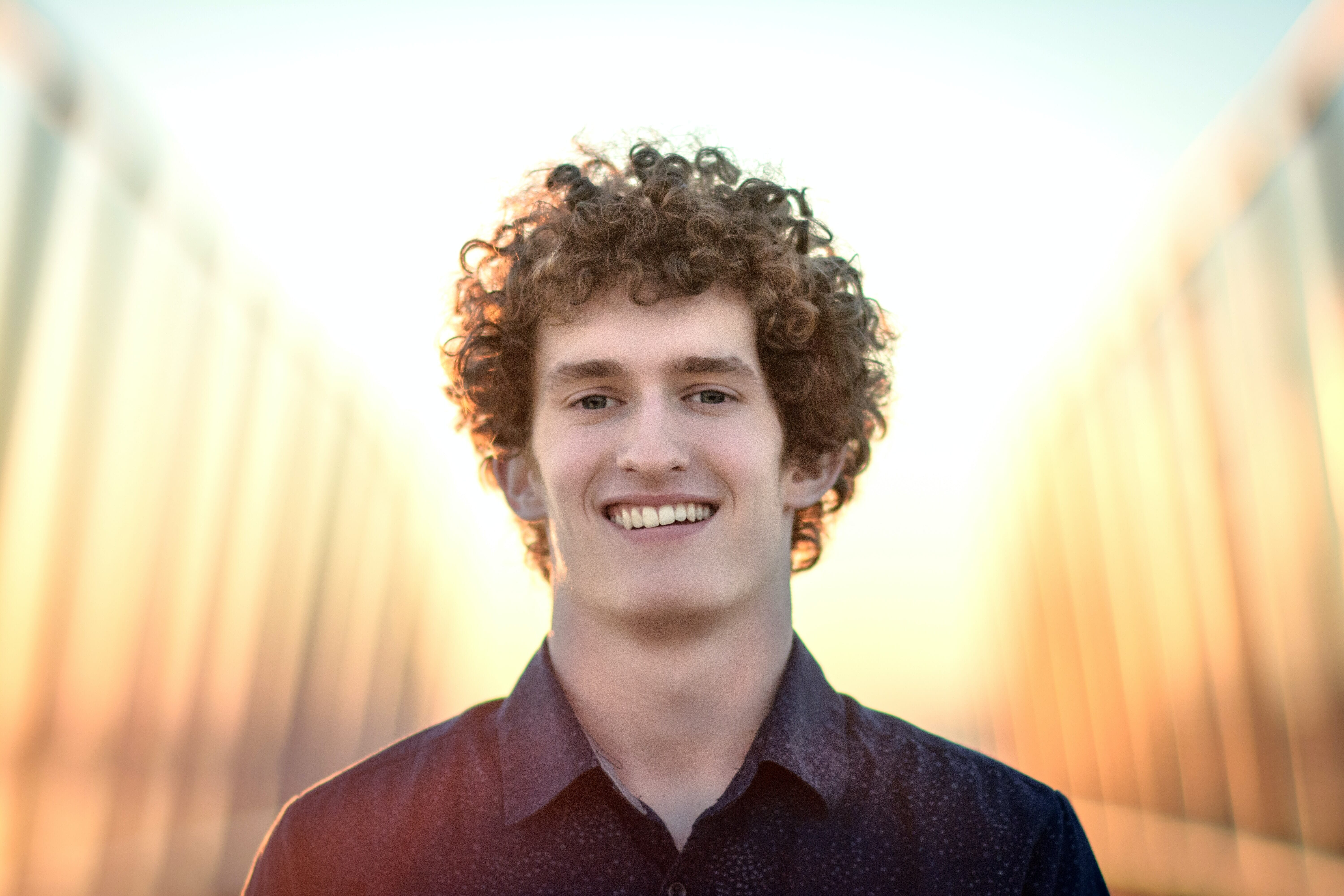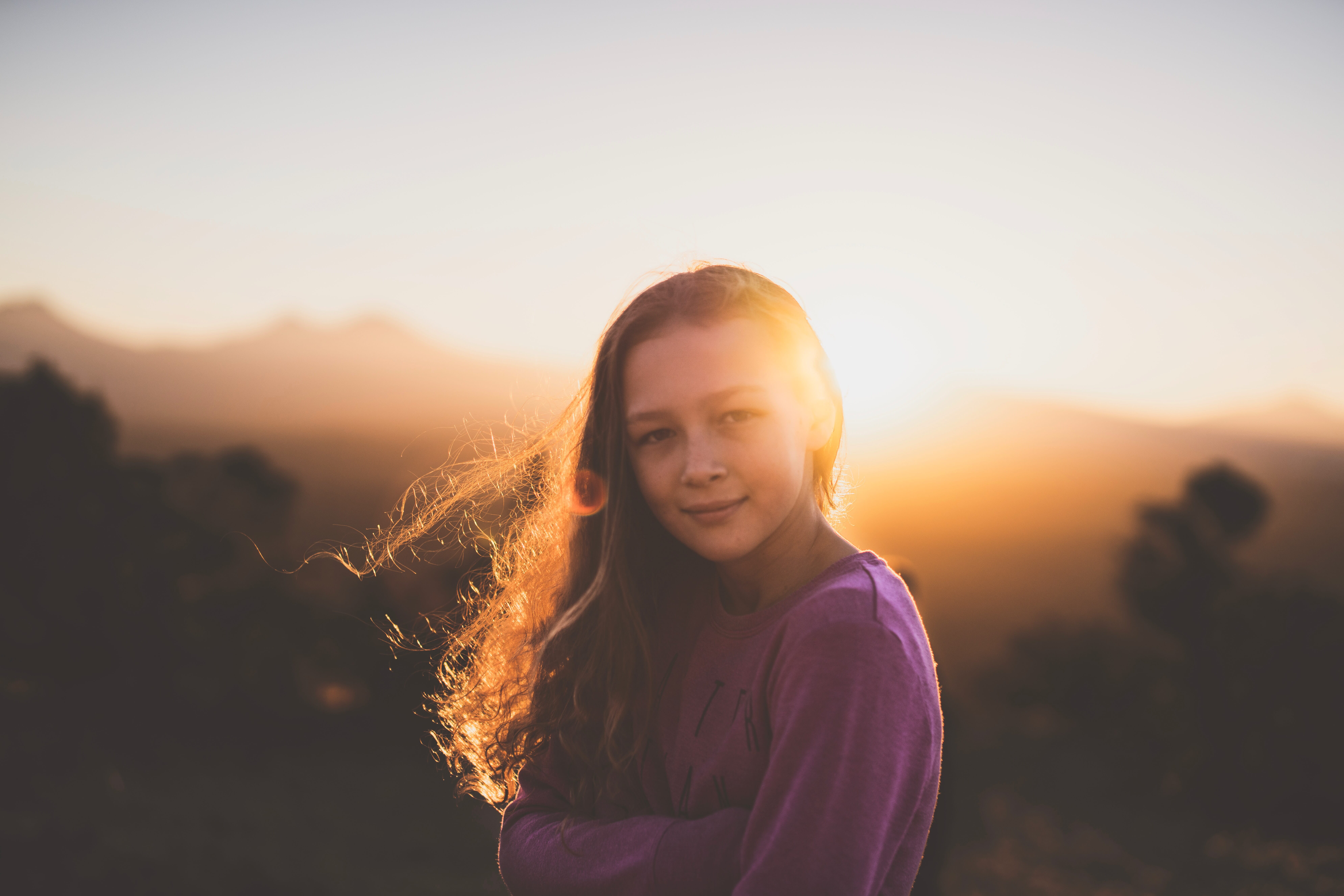Editor’s Key Takeaways: Mastering White Background Portraits: A Comprehensive Guide

In this blog post, Jaymes shares insights on capturing professional-level white background portraits, which create refined and popular portraiture. Understanding that these types of portraits might be challenging to create, the author provides practical tips on how to take these photos in various settings, including outdoors and studios. Here are some key recommendations:
- The background must be brighter than the main subject: This allows the exposure to give a bright portrait subject, making the background appear relatively brighter and pure white.
- Extensive experimentation or careful metering off the subject: To achieve the right exposure for a bright portrait subject, the shooter must either experiment significantly or meter accurately off their subject. Manual mode is recommended for quickly dialing in the desired settings.
- Post-processing for improved results: Careful post-processing is essential for consistently recreating magazine-quality professional effects.
Producing white background portraits involves understanding a few technical aspects and incorporating these suggested tips to consistently create high-quality, professional images.
Introduction
The white background effect is refined, professional, and artistic. It has a host of uses, from product and macro photography to landscapes and wildlife; however, its most popular application is in portraiture, where a bit of high-key magic can transform a snapshot into a pro-level portrait.
While white background portraits are highly sought after, they can be challenging to create. This article explains how to capture these portraits in various scenarios, including outdoors and in the studio, along with tips for improving results through careful post-processing. This way, you can consistently recreate a magazine-quality professional effect.
Creating a White Background: The Basics
To capture a portrait with a white background, it’s crucial to understand that the background must be brighter than your main subject. In other words, aim for a relatively dark portrait subject against a bright background.
By setting your camera’s exposure to favor a bright portrait subject, the background will also be brightened. Because it was already bright, it will turn pure white.

To expose for a bright portrait subject, you will need to either experiment significantly or carefully meter off your subject. If you choose to meter, fill the frame with your subject, then take note of the camera’s recommended exposure settings.
(Shooting in Manual mode is preferable because it allows you to quickly adjust your settings.)
After taking your first shot, review the camera LCD. Ask yourself: Is my subject bright? Is the background pure white? If either question results in a “No,” you need to boost your exposure. Consider dropping your shutter speed or widening your aperture. If your shutter speed and aperture are fixed, you can increase the ISO, but be cautious—higher ISOs can introduce noise.
Now, let’s explore practical scenarios where you might want to produce a white background:
How to Create a White Background Outdoors
Creating white backgrounds when shooting outdoor portraits (with only ambient light) can be difficult.
Most objects cannot be turned into pure white backgrounds without seriously overexposing the image, which could make your portrait subject look terrible. For example, photographing a person in the shade with a sunlit tree in the background often results in an overexposed image.
However, it is possible to create white backgrounds outdoors by utilizing the sky.
Position your subject so that the sky serves as the background. This might involve taking your subject to a hill or field or crouching down low to exclude other elements from the scene.
When you expose for your portrait subject, you can achieve a pure white background—as long as the sky is sufficiently bright.

For optimal results, create portraits on cloudy days, as the cloudy backdrop is easy to turn white (it’s almost pure white itself!). This works best in the middle of the day when the light is strongest.
Creating a pure white background is also possible on clear days; however, I recommend shooting late in the day with your subject positioned in front of the sun. This allows you to capture the brightest part of the sky in the background, making it easier to achieve a blown-out effect.

Avoid including the sun in your photo, as it can cause flare or completely blow out your image. Instead, hide the sun behind your subject or position it just outside the frame.
How to Produce a White Background with One Flash
Creating a white background effect using flash is straightforward. Although two flashes are ideal, one flash can produce excellent results with some creativity.
Begin by positioning your subject in front of something white: a white wall, curtain, or paper. A white diffuser can also work, provided it is large enough to cover the area behind your subject.
Place your flash behind your subject, pointing at the background. You can modify the flash with a diffuser, but experimentation with different options is encouraged.
Take a test shot to check the background. Is it sufficiently blown out? If not, increase the flash power or move the flash closer to the background.
After making the necessary adjustments, take another test shot. If all goes well, you should achieve a beautiful, pure white background, although your subject may appear as a silhouette. If this occurs, use a reflector in front of your subject. Any neutral white material will suffice, but a large white poster board is an economical and effective option.
Finally, take a photo while holding the reflector in place. The background light will bounce back onto your subject, providing the perfect exposure.

How to Create a White Background Portrait with Two Flashes
If you have two flashes, producing a portrait with a white background becomes even easier. Follow the same steps as before: position your subject in front of something white, place a flash behind them, and take a test shot to ensure the background looks good. However, instead of using a reflector in front of your subject, you will use the second flash.
You have a few options for positioning the second flash. You can place it directly in front of your subject or at a slight 45-degree angle to the side.
